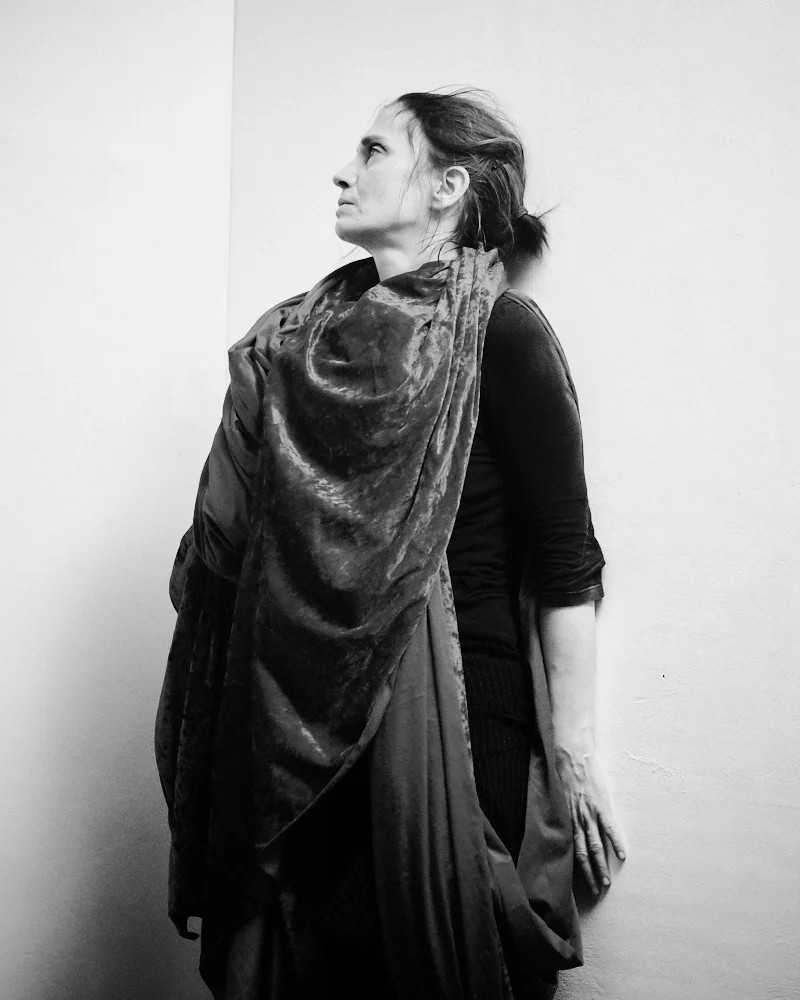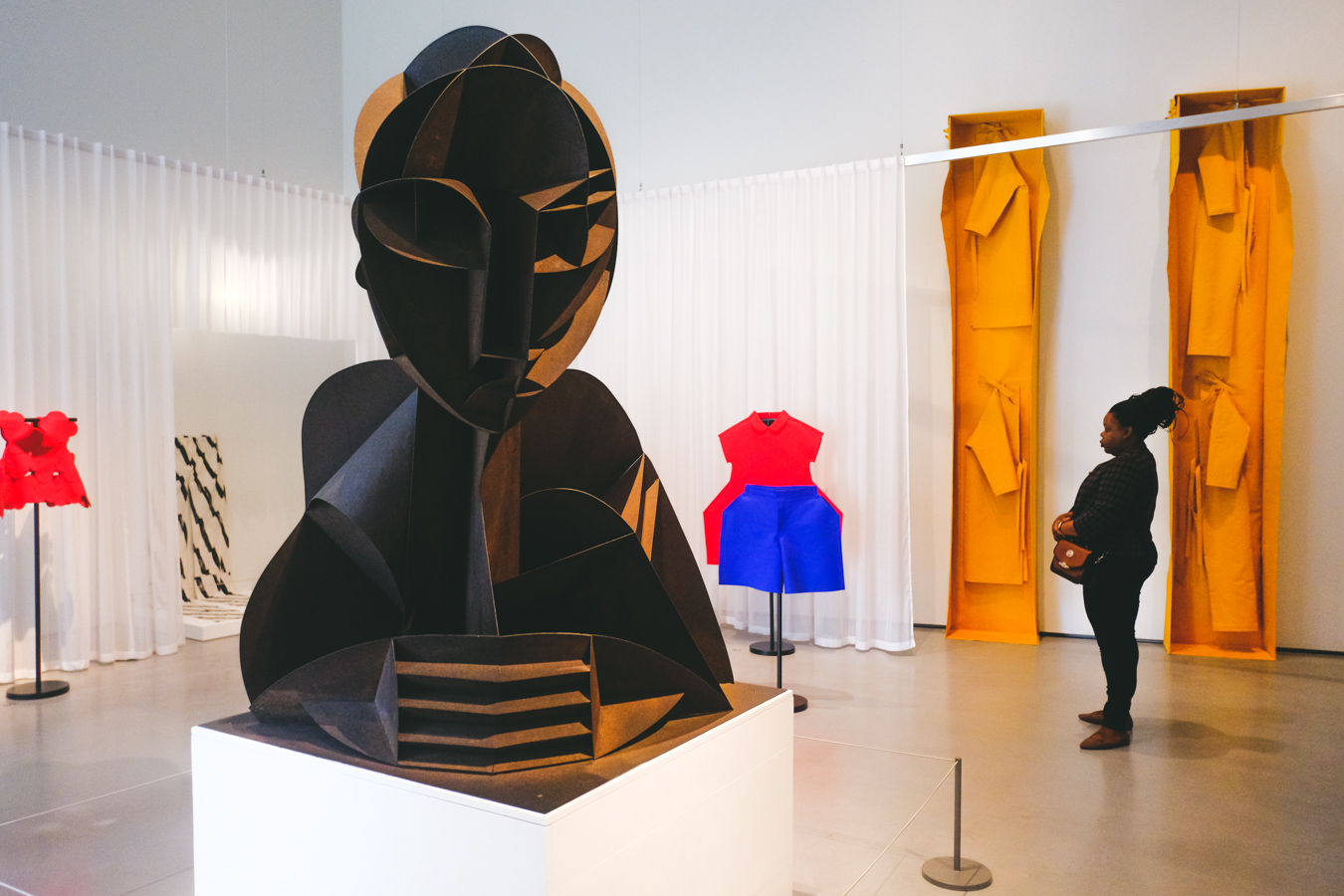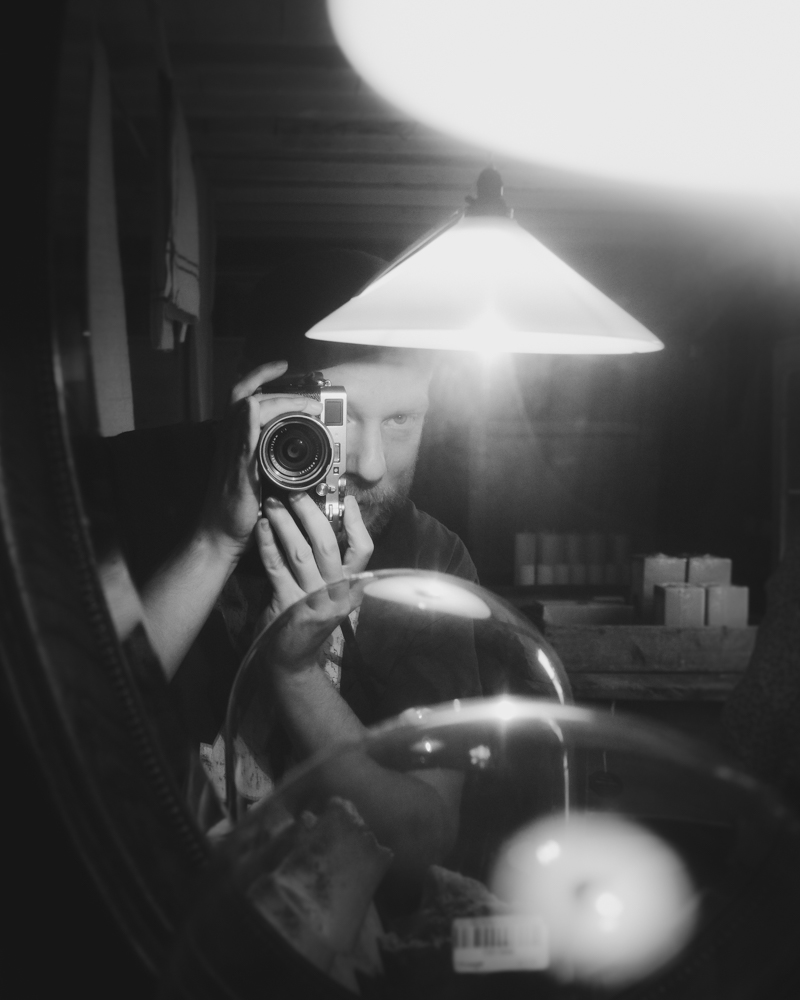
Dinka group at Pagarau, Southern Sudan, from the series Genesis, 2006
If you’re able to pick up this month’s edition of the British Journal of Photography, as it has an article on Sebastiao Salgado with some quite wonderful full page images from his latest opus, ‘Genesis’. If you know anything about this guy you’ll probably realise that this book isn’t a glossy tour album of Phil Collins and his band of tedious middle of the road rockers but rather a frankly stunning exploration of the few remaining pristine and untouched areas of this planet.
It follows on from Exodus, Salgado’s work set in the refugee camps of the Democratic Republic of Congo, in a time and place where literally thousands were dying around him from starvation. Salgado is no stranger to such difficult subject matter. His work on the Ethiopia famine in 1985 for the organisation Médecins Sans Frontières is hard, very hard, to look at; he showed us images of children too skinny to live suck at withered teats. There’s a shot of a child with an inserted feeding tube in the Korem camp that is pure horror. Nobody walks away from shooting such images unchanged and much as Don McCullin suffered following his experiences documenting starvation in Africa and the slaughter in Lebanon, Salgado too walked away suffering a deep despair. And again like McCullin, in turning away from conflict Salgado has turned his eye to nature instead.
There remains some bleakness in Salgado’s stated desire to document these untouched lands before they are inevitably destroyed by encroaching humanity; but what sights he has preserved! Held within these prints there is adventure, fascination, beauty. For eight years he has roamed the planet taking photos of remote groups of people cohabiting with nature. It has been an immense project, requiring much in the way of sponsorship and meticulous logistical planning. Indeed, such is the energy and scope behind this labour of love it amazes me that Salgado is a man approaching his seventies. The results, shot in rich, expressive monochrome, are some of his best work yet. In the BJP issue we are treated to some amazing images. There are twelve in all featured in the magazine, some full page, some forming a two page spread. One of my favourites features an incredible Antarctic glacier that looks like Superman’s fortress of solitude, with a wild and chaotic arched base ascending into a monolithic cube like bastion. There’s also a beautiful portrait of a Siberian girl in furs which is instantly iconic.
The article on Salgado is pretty fascinating, covering his switch to digital photography and the advantages and disadvantages as compared to film. It also explains the reasons of Salgado’s immense popularity: he shoots from the heart. Salgado’s images are innately readable, delivering a powerful punch that requires no interpretation, no analysis. It’s great to see Salgado’s beautiful monochrome servicing the wonder of nature and the richness of humanity. His earlier works, such as the burning oil wells of Kuwait and the Serra Pelada goldmine do have a terrible, rich beauty about them – but it will be an unmixed joy this time to see his vision of unspoilt lands.
The book upon release will hold over five hundred pages, and be available from Taschen for £45. An accompanying exhibition will be held in the five cities of London, Toronto, Rome, Rio de Janeiro and Paris, with the London exhibition commencing on the 11th of April at the National History Museum.





























